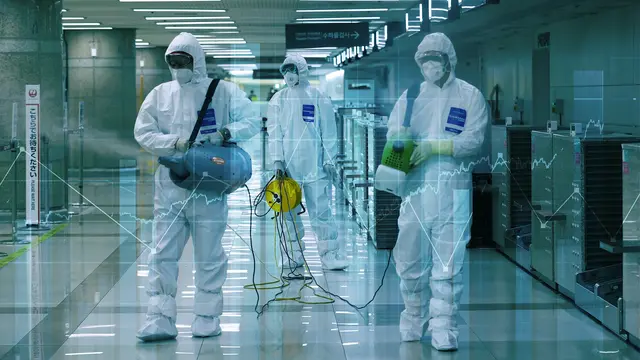The COVID-19 contagion has drawn comparison with other outbreaks – including the 1918 Spanish flu crisis, one of the deadliest in human history – to get a better idea of the impact of the infection.
But, while it's an understandable reaction to try to rationalize the situation and put things into perspective, experts admit the coronavirus outbreak is a whole new and evolving scenario that currently offers only preliminary data and research.
Any information currently available is essential to try to understand how the virus can be defeated and the spread of contagion contained. And scientists and experts say we need to know our facts to help fight the epidemic.
Max Roser, founder of Our World in Data – an online publication that collects and reports data and research on large, global problems – shared on Twitter the reasons why he's taking the COVID-19 outbreak very seriously and what we can do to improve it:
1. Understanding the growth rates of cases and deaths
The total number of reported COVID-19 cases is more than 110,000 globally, with more than 4,000 deaths and more than 64,000 recoveries. But while these numbers are key to our understanding of what kind of threat the virus represents, it's even more important to see at what rate the number of cases is multiplying.
The "doubling time" looks at the time it takes for the number of cases to double: it's not a constant rate and for the COVID-19 outbreak it has changed in recent weeks, especially as contagion decreases in China.
Outside China, the number of confirmed cases doubled every four days in the recent weeks. If the outbreak were to continue spreading at this rate, it would be growing exponentially – meaning contagion would be faster the more cases that are reported.
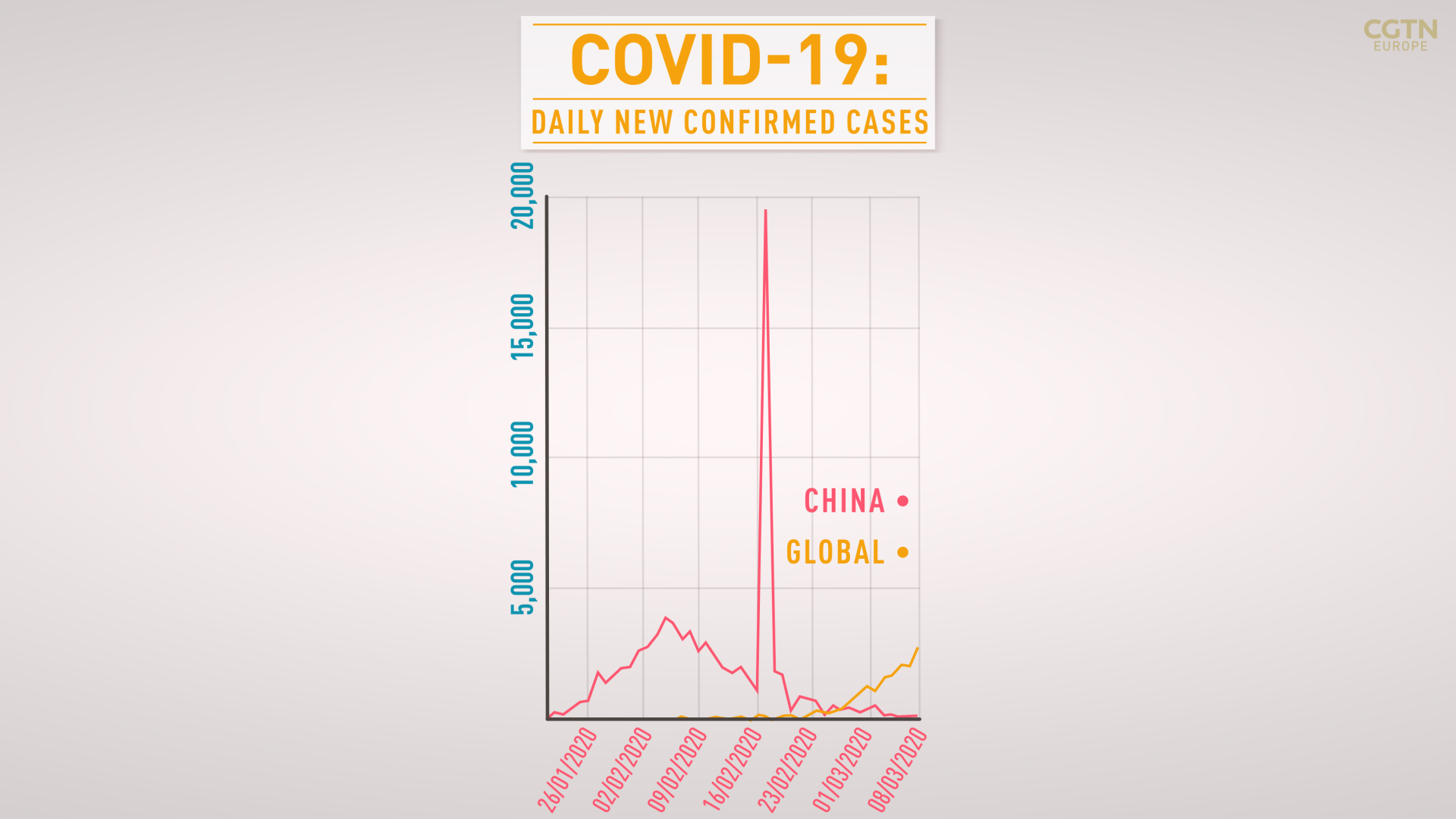
2. Understanding case fatality rates
Mortality among those who contract COVID-19 is the highest among people with previous medical conditions such as cardiovascular diseases, chronic respiratory diseases, cancer, and diabetes and among the elderly.
Though it's been reported that the case fatality rate globally equals 3.48 percent, the risk of fatality goes as high as 8 percent among people aged between 70 and 79 years old and up to 14.8 percent among those aged over 80.
The elderly have the highest risk of dying from the infection among the population. The World Health Organization warned governments and countries on Monday not to leave older people behind but to make the best effort to "protect every citizen and every individual life" equally.
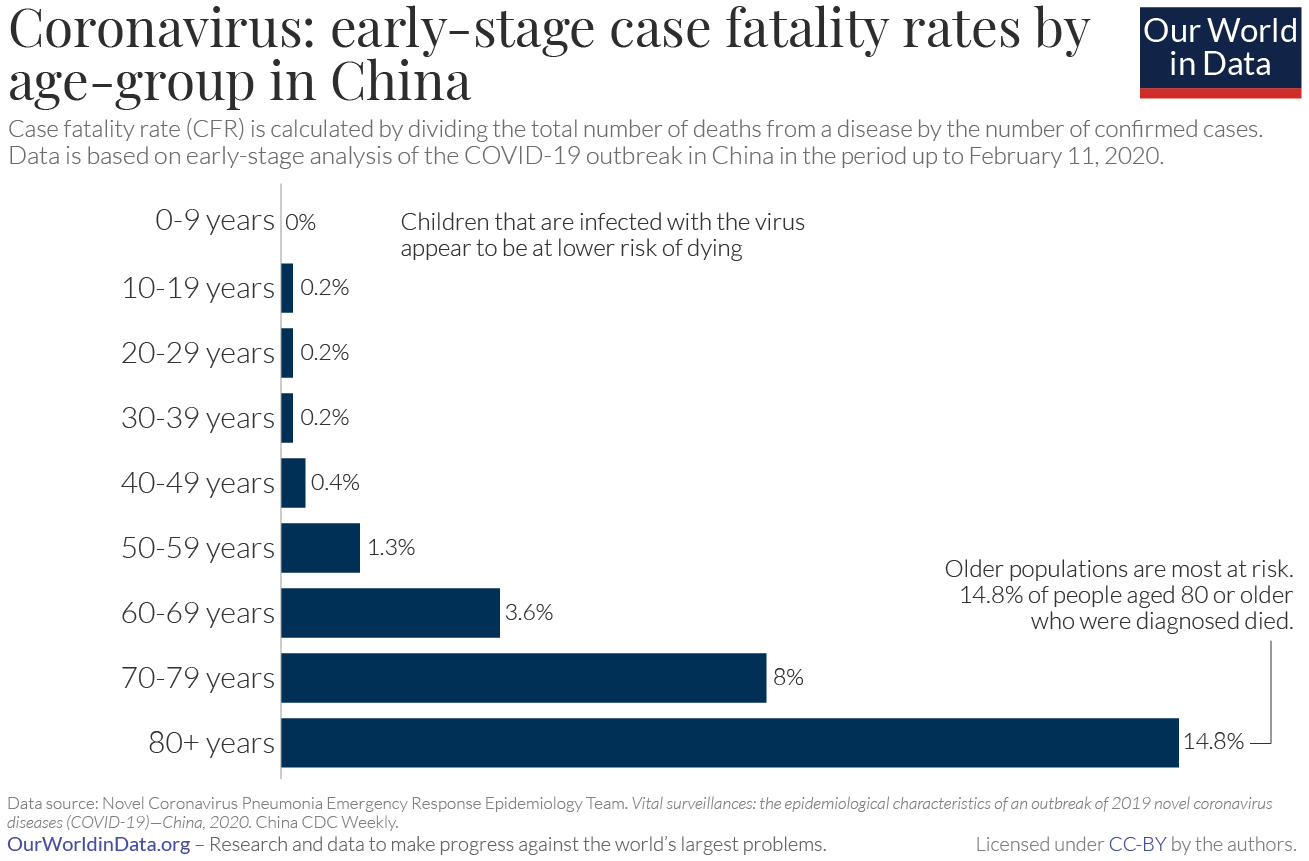
/Our World in Data
3. Understanding the importance of early containment
Containment measures to mitigate the spread of COVID-19 aim to "flatten the curve" of the number of reported cases. The goal is to lower the rate of infection in order to contain the number of people who are sick at the same time, so that there are not more sick people than the healthcare system can care for – in terms of number of doctors, nurses, hospital beds and intensive care units.
Timing is essential in this case to avoid a worst-case scenario developing, in which a country's healthcare system collapses under the pressure of more patients than it can effectively cure.
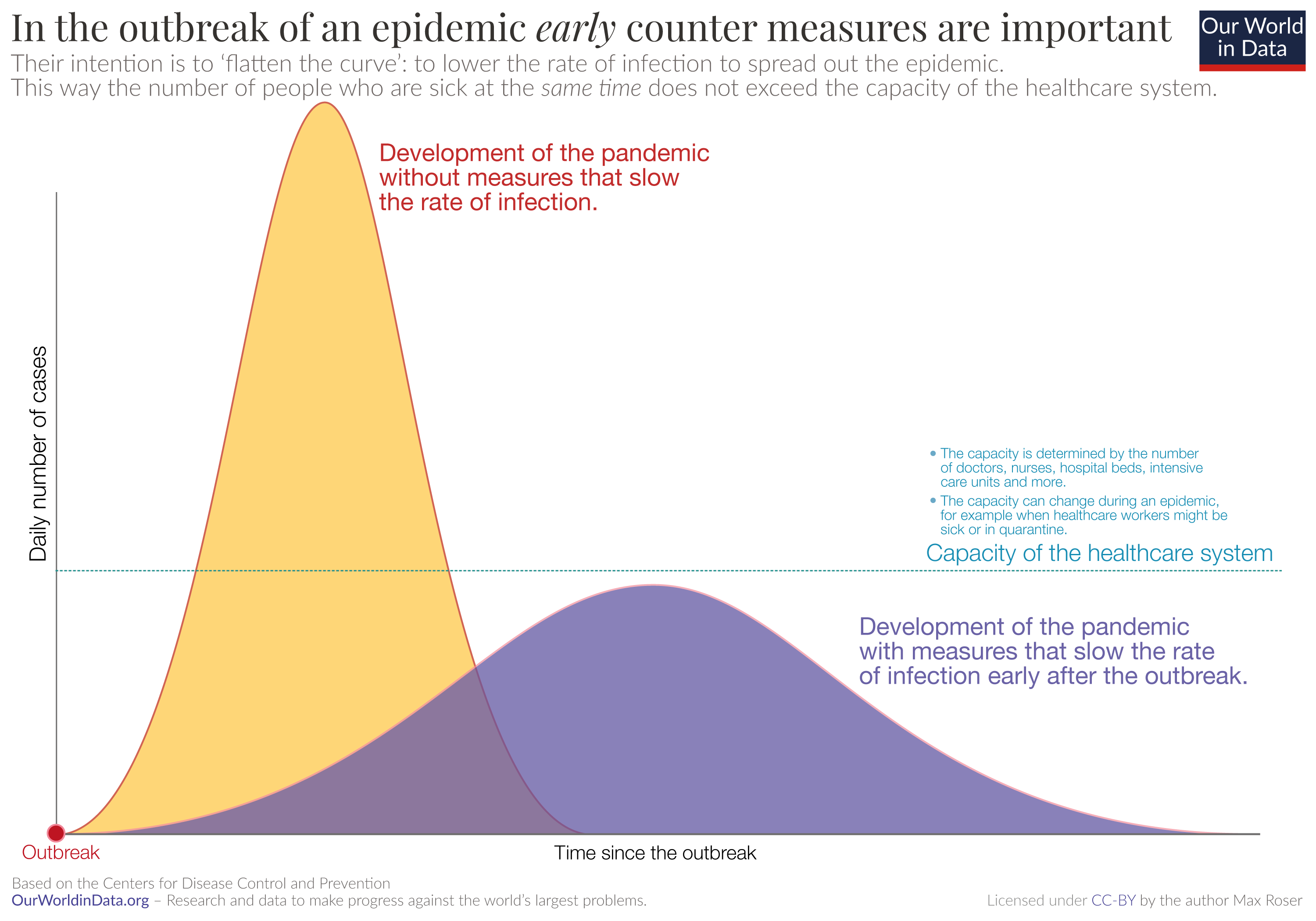
/Our World in Data
4. Understanding the symptoms
To avoid putting too much pressure on the healthcare system and fight the spreading panic, it's important to understand what symptoms clearly identify COVID-19 compared with those of the common flu or a cold.
Almost 90 percent of people who tested positive for coronavirus had a fever, and almost 70 percent had a dry cough. In the case of COVID-19, these two symptoms usually develop into shortness of breath.
According to WHO, those infected generally develop signs and symptoms on an average of five to six days after infection. The infection then lasts on average for two weeks, while in critical cases it may last between three and six weeks.
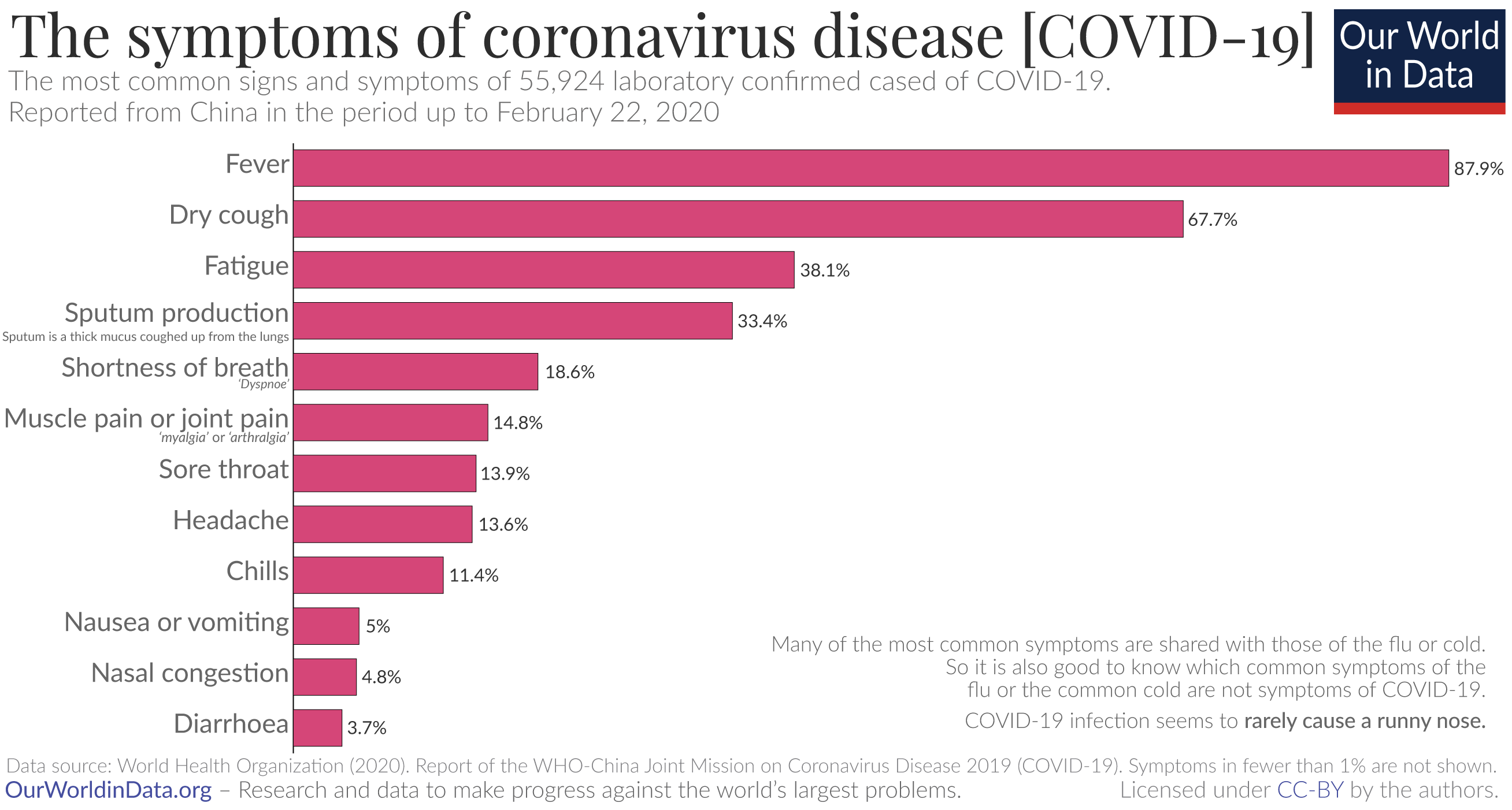
Credits: Our World in Data
After being informed, the next best thing to do is act on what we've learnt. Avoiding large gatherings of people, practicing social distancing, washing our hands often and self-isolating in case of suspected infection are measures we can all put into practice to help contain the spread of the virus and minimize the damage this is causing to our societies.
And as data and research on other global problems show us, we've made progress fighting other terrible problems such as extreme poverty, illiteracy, child mortality, democracy and freedom. With a collective effort, we can also overcome this new threat.
 简体中文
简体中文

